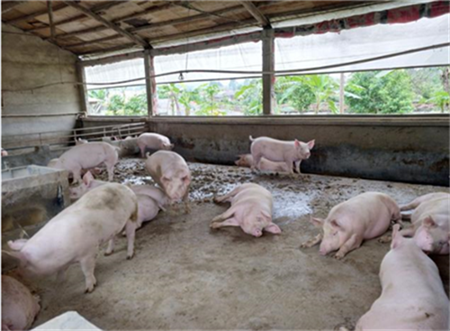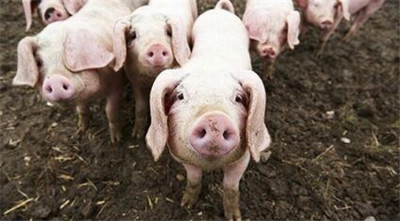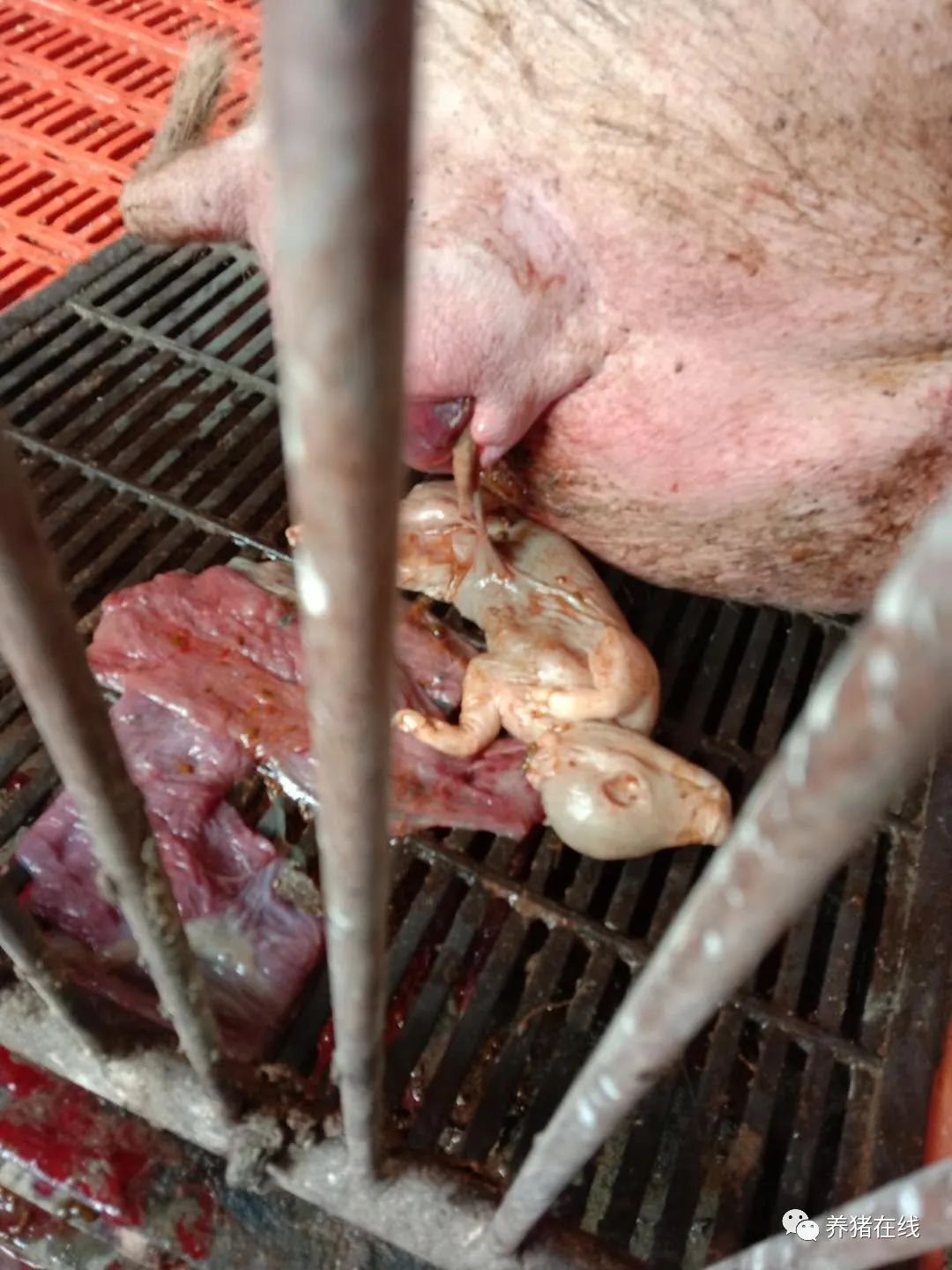Analysis on the Prevention and Control measures of Pig High Fever in Nanjing (1)
Pig nameless high fever syndrome, that is, pig high fever syndrome, is a disease with high morbidity and mortality, which mainly occurs in mature pigs and some sows. The main clinical manifestations of sick pigs are elevated body temperature, mental depression, loss of appetite or abandonment. Dyspnea, wheezing, some pigs have symptoms such as skin redness and purple, and a few pores have bleeding spots. Most of the causes are mixed infection of virus and bacteria. The outbreak of high fever occurs in alternating seasons, with a large temperature difference between day and night.
The first part is the pathogenesis of "pig high fever".
First of all, fever, that is, elevated body temperature, is a common pathological process of many diseases, especially infectious diseases. That is to say, many diseases can cause high fever. Moderate fever can increase the phagocytosis of leukocytes and macrophages, which is beneficial to the elimination of pathogenic microorganisms.
Then, during fever, due to the increased secretion of thyroid and adrenal gland, the catabolism of sugar, protein and fat is enhanced (for every 1 ℃ increase in body temperature, the metabolic rate increases by about 13%). At the same time, fever causes loss of appetite, reduced intake of nutrients, and massive consumption of nutrients in the body, resulting in metabolic disorders.
1. Glycogen decomposition is strengthened, and severe acute fever may lead to glycosuria, insufficient oxygen supply, increased lactic acid production and muscle soreness.
2. Fat decomposition was significantly enhanced. In the case of insufficient sugar intake, excessive fat decomposition and incomplete oxidation, blood fatty acids and ketone bodies increased significantly, and ketoemia and ketonuria were formed in severe cases.

3. The increase of protein decomposition leads to the increase of non-protein nitrogen in blood and urine, and at the same time, due to the decrease of digestive function and the decrease of protein intake and absorption, the negative nitrogen balance is caused, which leads to the degeneration, atrophy and weakness of muscle organs.
4. During fever, the consumption of vitamin C and B vitamins increased significantly, and the intake was insufficient due to loss of appetite, which often caused serious vitamin deficiency. Vitamin C, also known as ascorbic acid, a large number of lack of vascular wall permeability will increase, causing punctate bleeding.
5. Fever is a metabolic disorder of water and salt, with the decrease of sodium and water and the increase of potassium excretion, which often leads to hypokalemia. In addition, lactic acid, ketone body production increased, renal excretion function decreased, often causing acidosis.
The above metabolic changes are common to all febrile diseases and are not exclusive to that kind of infectious disease.
Further down, let's take a look at the changes in body function during fever.
1. In the early stage of fever, some animals are excited and restless, and some are depressed. During the peak period of fever, due to the influence of high temperature blood and toxic products, the central nervous system is inhibited, the animal spirit is depressed, and even in a coma.
2. the heart beats faster, the peripheral blood vessels contract, and the burden of the heart increases; when the fever caused by infectious diseases, the toxins of pathogenic microorganisms cause direct damage to the myocardium, often causing heart failure, destruction of endothelial cells in capillaries and arterioles, causing skin congestion and bleeding.
3. The respiration is accelerated, and the excitability of the respiratory center decreases when the fever persists, resulting in the appearance of superficial breathing. Pneumonia is often induced due to the decrease of resistance. Due to physical weakness lying on the ground can not play the role of gravity, causing pulmonary congestion and edema.
4. decreased secretion of digestive juice, weakening of intestinal peristalsis, loss of appetite, enhanced reabsorption of water, and often constipation, resulting in intestinal content fermentation, autologous poisoning, and continuous body temperature.
- Prev

Causes and treatment of allergy to pig vaccine?
Causes and treatment of allergy to pig vaccine?
- Next

Is there an outbreak of blue ear disease in the pig farm? Quickly compare whether there are these five omens.
Is there an outbreak of blue ear disease in the pig farm? Quickly compare whether there are these five omens.
Related
- On the eggshell is a badge full of pride. British Poultry Egg Market and Consumer observation
- British study: 72% of Britons are willing to buy native eggs raised by insects
- Guidelines for friendly egg production revised the increase of space in chicken sheds can not be forced to change feathers and lay eggs.
- Risk of delay in customs clearance Australia suspends lobster exports to China
- Pig semen-the Vector of virus Transmission (4)
- Pig semen-the Vector of virus Transmission (3)
- Five common causes of difficult control of classical swine fever in clinic and their countermeasures
- Foot-and-mouth disease is the most effective way to prevent it!
- PED is the number one killer of piglets and has to be guarded against in autumn and winter.
- What is "yellow fat pig"? Have you ever heard the pig collector talk about "yellow fat pig"?

